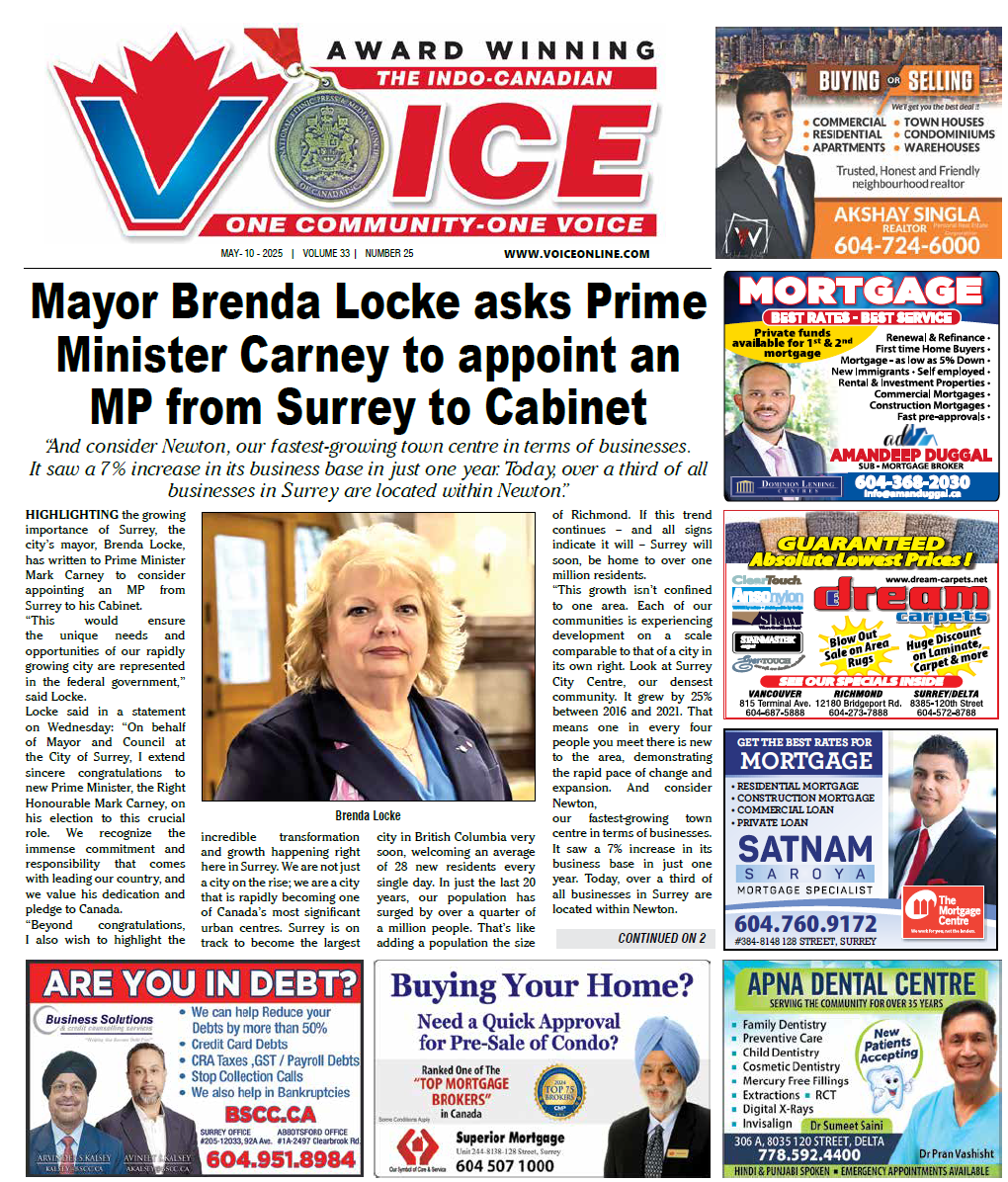APRIL 11 UPDATE:
Marco Rubio, U.S. Secretary of State, said in a statement: “On April 9, the United States extradited Tahawwur Hussain Rana to India to face justice for his role in planning the horrific 2008 Mumbai terrorist attacks. These attacks resulted in the tragic loss of 166 lives, including six Americans, and shocked the entire world. The United States has long supported India’s efforts to ensure those responsible for these attacks are brought to justice. As President Trump has said, the United States and India will continue to work together to combat the global scourge of terrorism.”
PAKISTANI-CANADIAN Tahawwur Rana, a Pakistan-born Chicago businessman wanted in India for his role in the 2008 terror attacks in Mumbai was brought to India on Thursday after being extradited from the US.
India’s National Investigation Agency confirmed his extradition had been successful.
In 2011, a US court cleared him of a direct role in helping plot the attacks that killed 166 people, but convicted him for supporting a militant group blamed for the attacks.
Sentenced to 14 years in prison in 2013, the 64-year-old was released in 2020 on health grounds but was re-arrested later that year after India’s extradition request.
A US court approved Rana’s extradition in 2023 but he remained in custody pending a final approval by the country’s government.
In August 2024, he California-based Ninth Circuit Court of Appeals upheld a lower federal court verdict permitting his extradition and ruled that the 1997 extradition treaty between India and the US covered his alleged offences.
In February, President Donald Trump approved the extradition after his meeting with Prime Minister Narendra Modi.
RANA’S extradition is a partial fulfillment of India’s attempts to get the US-based Lashkar-e-Taiba accomplices face trial in India as the US has refused to extradite Rana’s Pakistani-American accomplice Daood Gilani, who uses the name David Headley.
Headley had worked as an informant for the US government’s Drug Enforcement Agency and after admitting to 12 terrorism-related charges, he made a deal to cooperate with the US government on the condition that he will not be extradited.
A three-panel appeals court bench heard the habeas corpus petition against the Central California District Court judgement allowing Rana’s extradition.
Judge Milan Smith, who wrote the opinion for the bench, said “India provided sufficient competent evidence” to support the initial order of a magistrate judge’s “finding of probable cause that Rana committed the charged crimes” to allow the extradition.
Rana, a Canadian citizen living in Chicago, was arrested in the US in 2009 for plotting to bomb a Danish newspaper, ‘Jyllands-Posten’, that published a controversial image of Prophet Mohammed.
He faced three main charges in a Chicago federal court relating to his involvement in the Danish case, providing support to Lashkar, and conspiring for the Mumbai attacks.
He was acquitted of the Mumbai attack charge, but convicted in the other two and sentenced to 14 years.
The appeals court ruled that his acquittal in the Mumbai attack charge did not affect his extradition because in India he faces several different charges.
The charges include conspiracy, waging war, murder, terrorism, and forgery, the judgement noted.
Rana was released after seven years on compassionate grounds during the COVID-19 pandemic, following which India requested his extradition to face trial there, which the magistrate judge approved.
Rana is a former Pakistan army doctor who set up an immigration service after immigrating to Canada.
The judgement mentioned Rana helping Headley get a five-year visa for India under the pretext of setting up a branch of his business there.
Headley used the visa to help plot the Lashkar terror rampage by surveilling the Taj Hotel and other targets. Headley had informed Rana about the surveillance activities, the judgement said.
Judge Smith also noted in the judgement that “Rana commended the terrorists who carried out the attacks and stated that the people of India ‘deserved it’.”












